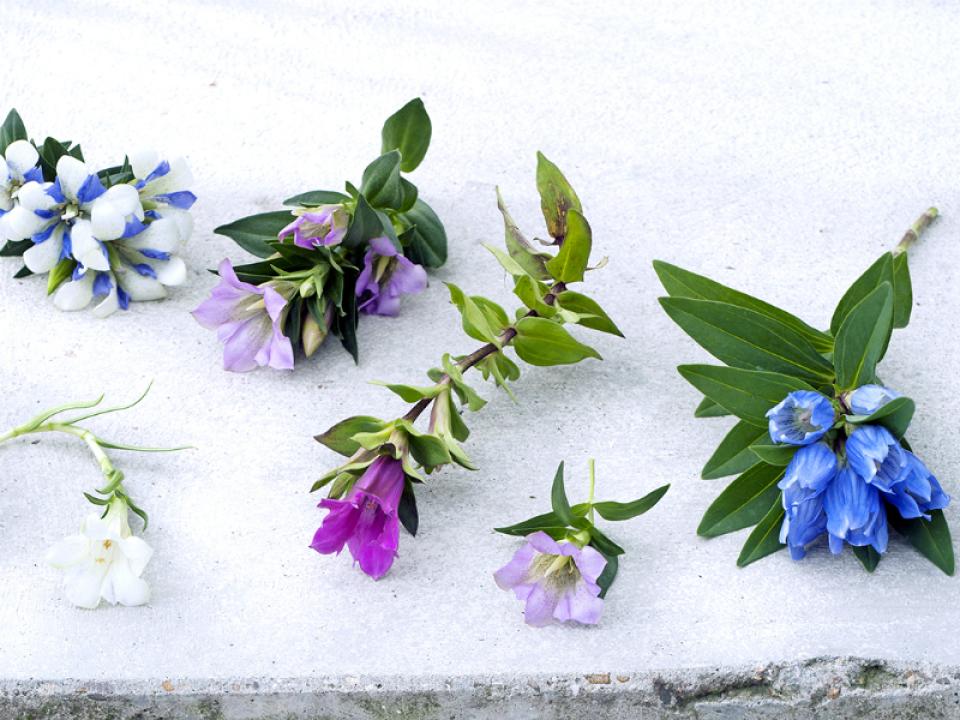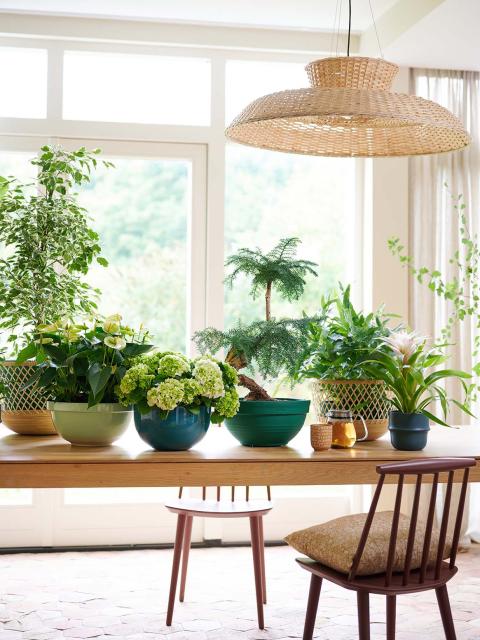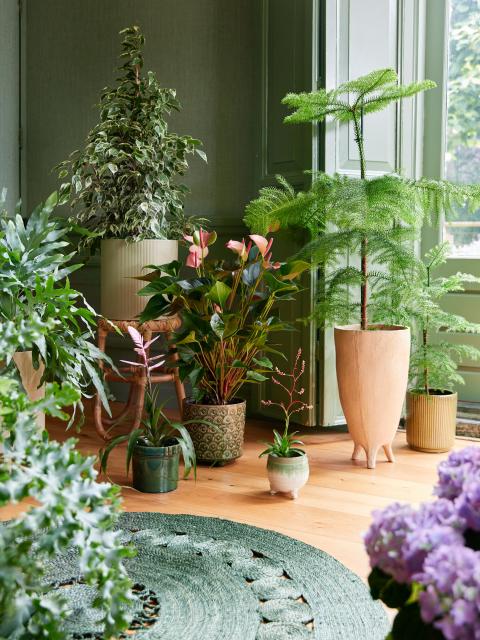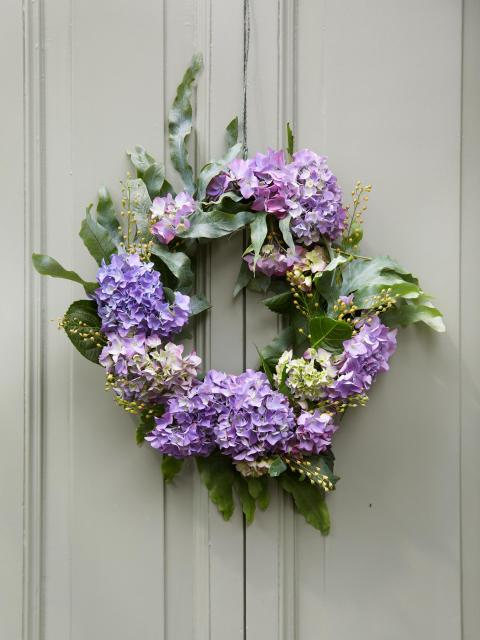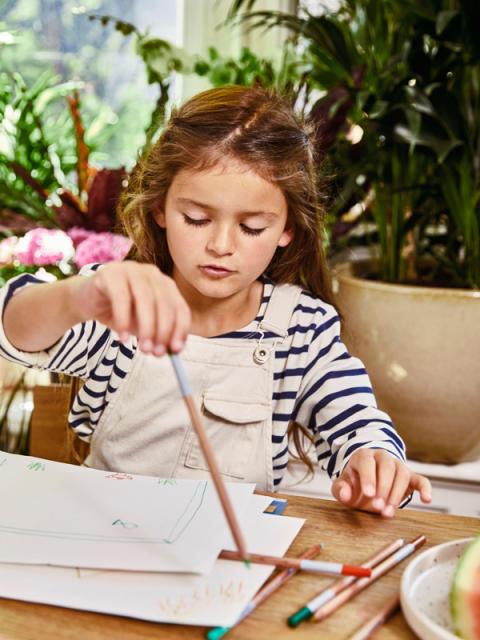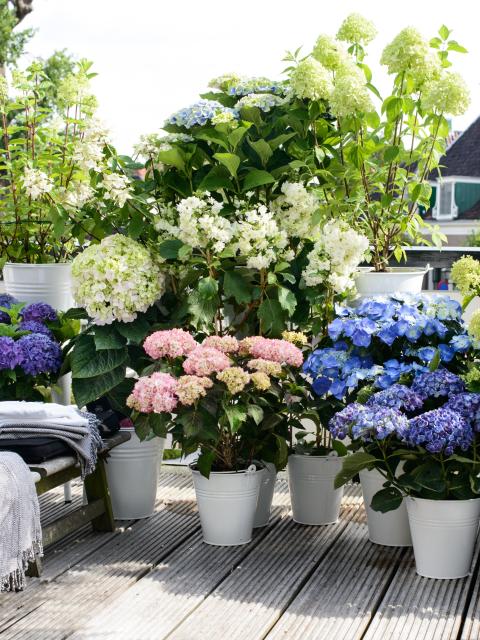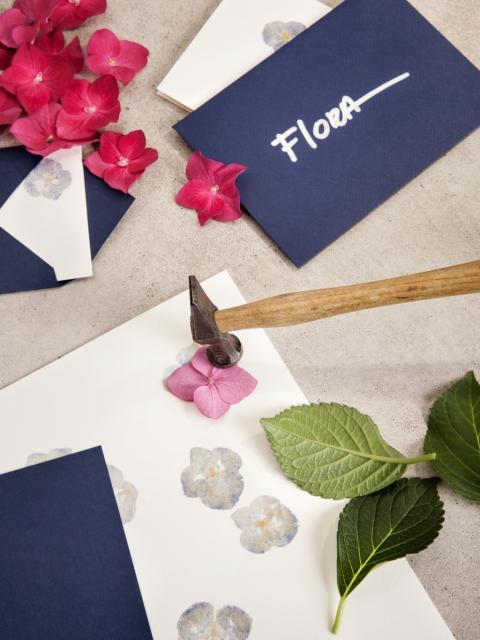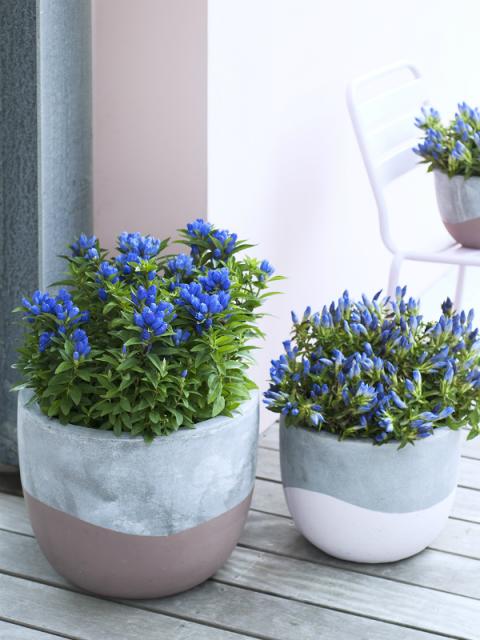 Gentian
Gentian

Gentian (officially called Gentiana) is known for its deep blue trumpet-shaped flowers and narrow green leaves. You can make this Garden Plant of the Month for August very happy with loose soil that water can drain straight through, because this beauty is no fan of having wet feet.
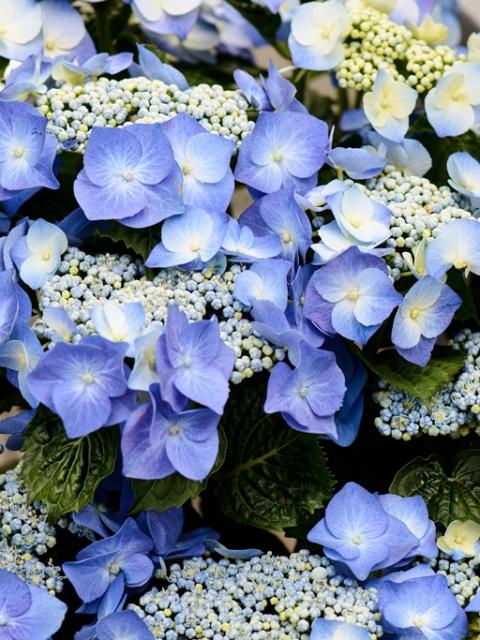 Hydrangea
Hydrangea

Flowers wherever you look: hydrangea gives a new meaning to the term ‘floral overload’. All those blue flowers together do evaporate quite a lot of moisture, so water the plant frequently.
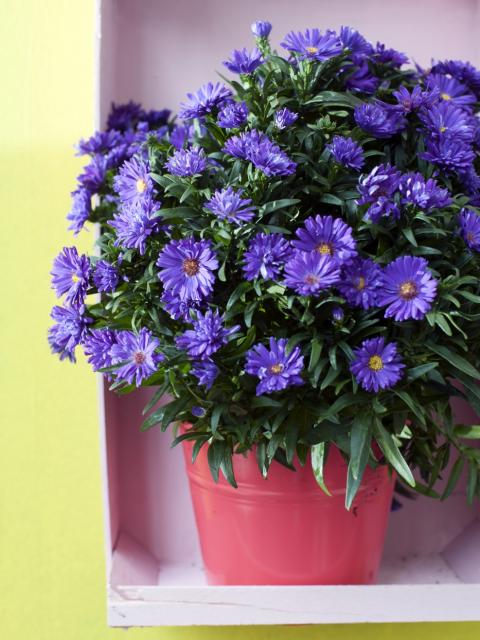 Aster
Aster

It’s not just you that loves a blue aster: bumblebees, honey bees and butterflies also feel the attraction of this herbaceous plant. Read more about it in the Aster plant guide.
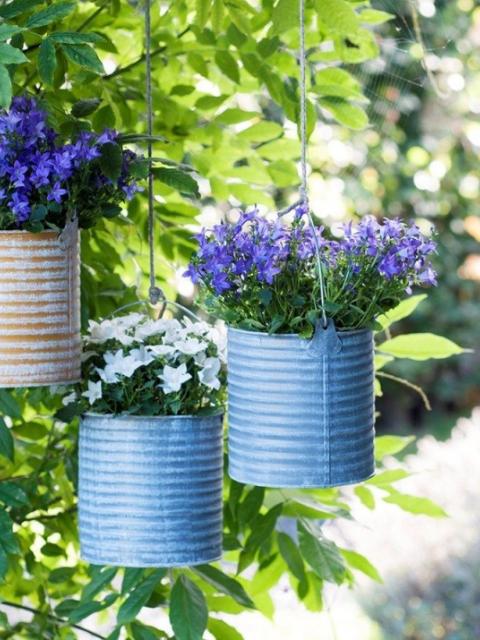 Campanula
Campanula

Campanula delights you with indigo flowers from June to September - although sadly slugs love them too. So scatter some coffee grounds so that you can enjoy these starry flowers all summer long.
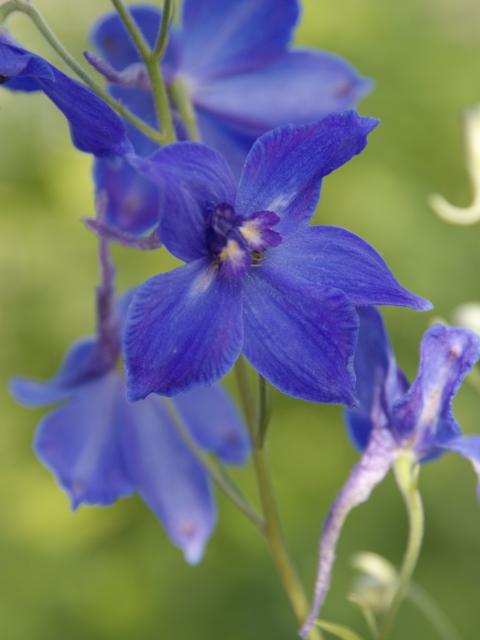 Delphinium
Delphinium

Delphinium (also known as larkspur) grows nice and tall, blooms in the summer and is available in many shades of blue. Just add some butterflies for the complete summer feeling. Did we mention that the plant will also do it all over again next year?
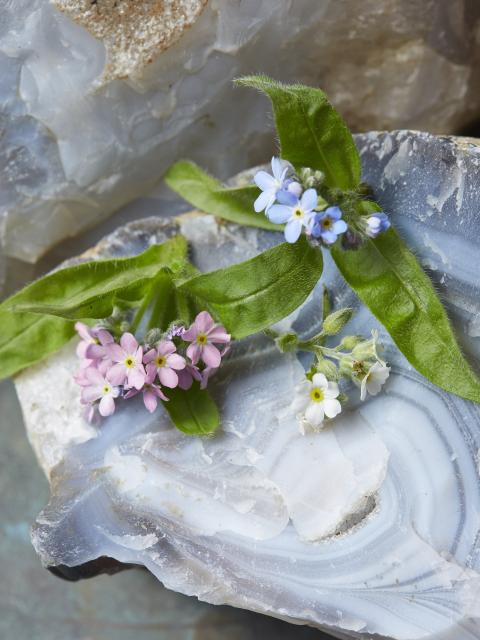 Forget-me-not
Forget-me-not

The forget-me-not effortlessly wins the award for the best plant name. It’s also a sturdy individual that starts flowering early in the year and helps get rid of the winter blues.
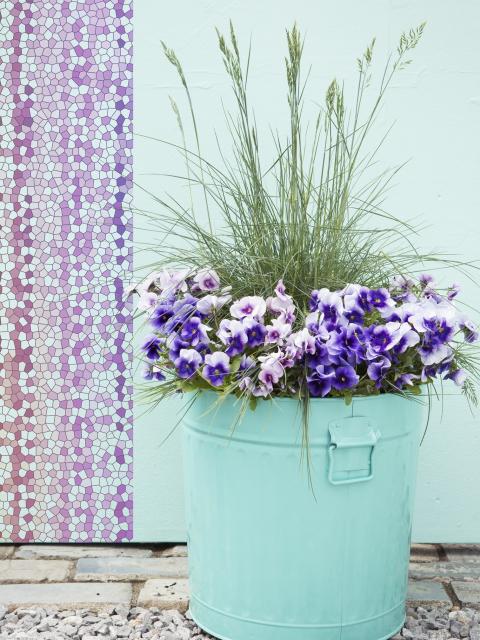 Violet
Violet

Blue and true, that’s the violet. The sort of plant you can always rely on, spring, summer and autumn. With its idiosyncratic looks this plant fits into every garden. Did you know that there are special edible violets as well?
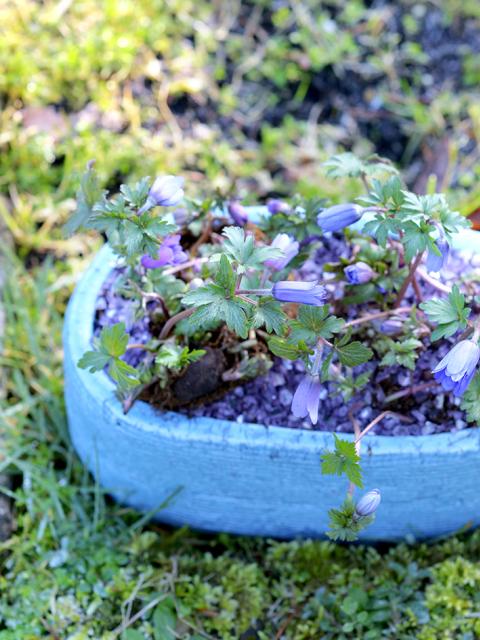 Blue anemone
Blue anemone

Fun fact: the pink and white versions of this plant are also called blue anemones. If the plant had the choice, it would choose a spot on the edge of a pond because of the loamy soil.
Have we overlooked a blue star? Let us know on Facebook.

